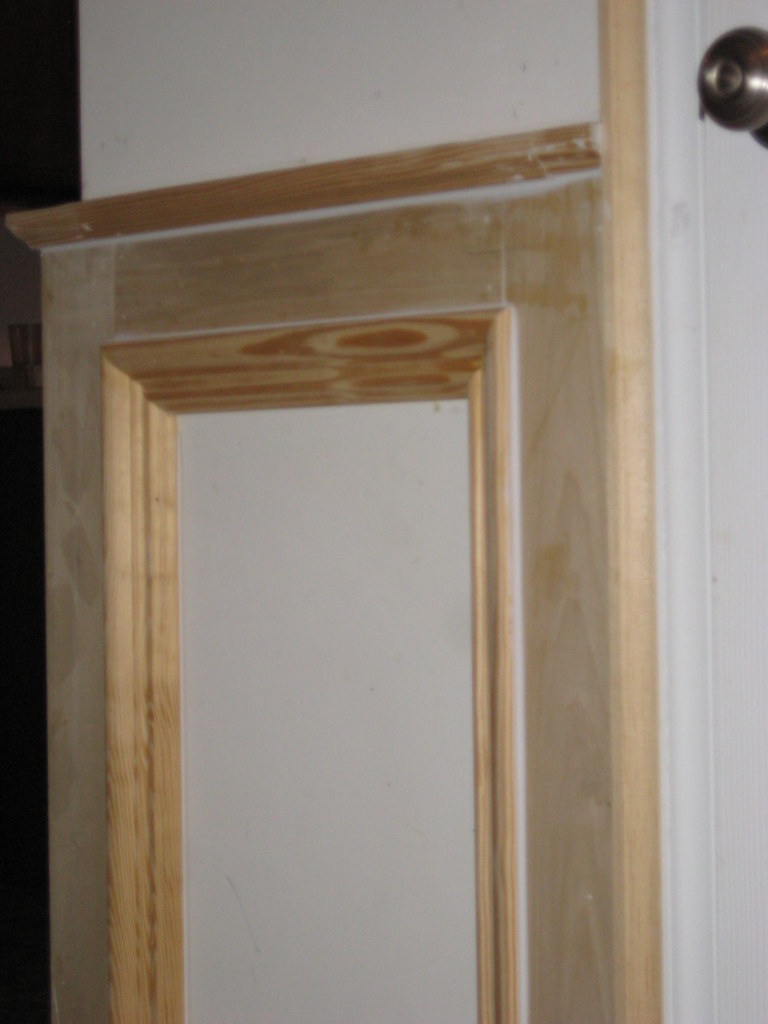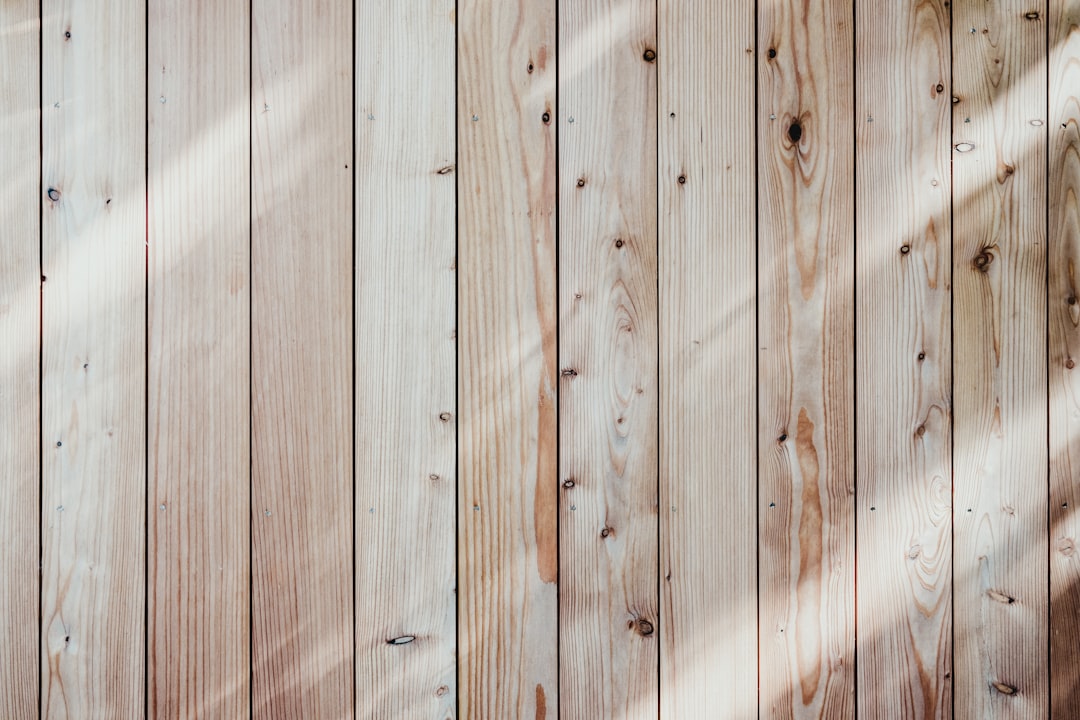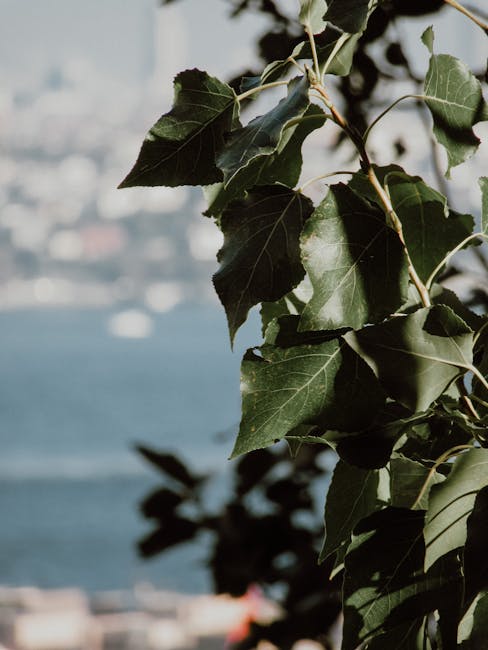Furniture crafting is an art that demands a balanced combination of aesthetics, durability, and workability. Among various woods available, poplar often incites curiosity about its potential as a furniture material.

Poplar wood comes primarily from the tulip poplar tree, known for its light brown to creamy yellow heartwood. It typically exhibits the following characteristics:
Poplar is classified as a hardwood but shares some physical properties with softwoods. It is softer than many hardwoods, making it easy to handle for woodworking projects. To delve deeper into its classification, you might find this resource helpful: Is Poplar a Hardwood?

Two common types of poplar are:
| Pros | Cons |
|---|---|
| Widely available and affordable | Color fades quickly from vibrant to medium brown |
| Excellent workability with hand tools | Softer than many hardwoods, prone to dents and scratches |
| Takes finishes well, suitable for painting | Multicolored grain pattern complicates staining |
Poplar wood is utilized in various furniture-making applications due to its affordability and workability:
Additionally, comparing poplar with other common woods like maple can offer more insights into its use. Here's an interesting read on Poplar vs Maple.
Compared to hardwoods like cherry or walnut, poplar is more economical, usually ranging from $3.50 to $10 per board foot, depending on width and condition. Its widespread availability makes it an ideal choice for beginner and intermediate woodworkers alike.
While poplar is relatively stable dimensionally, its softer nature means it is more prone to dents and scratches, making it less suitable for high-wear applications. It maintains shape better than softwoods like pine and has good resistance to warping and shrinking, even with climate changes.
For more information on comparing other types of woods like Douglas Fir and Pine, you might find this resource useful: Douglas Fir vs Pine.
One of poplar's greatest advantages is its compatibility with woodworking tools. It’s easy to plane, join, and work with using common tools like lathes and routers. This workability makes it a preferred choice for many woodworkers, particularly those looking to refine their skills. For a deeper understanding of woodworking techniques and tools, this book might be of interest.
Poplar stands out for its versatility, affordability, and ease of use, especially when it comes to painted and less formal furniture projects. While it may not have the durability of harder woods, its properties make it an excellent choice for numerous woodworking endeavors.

